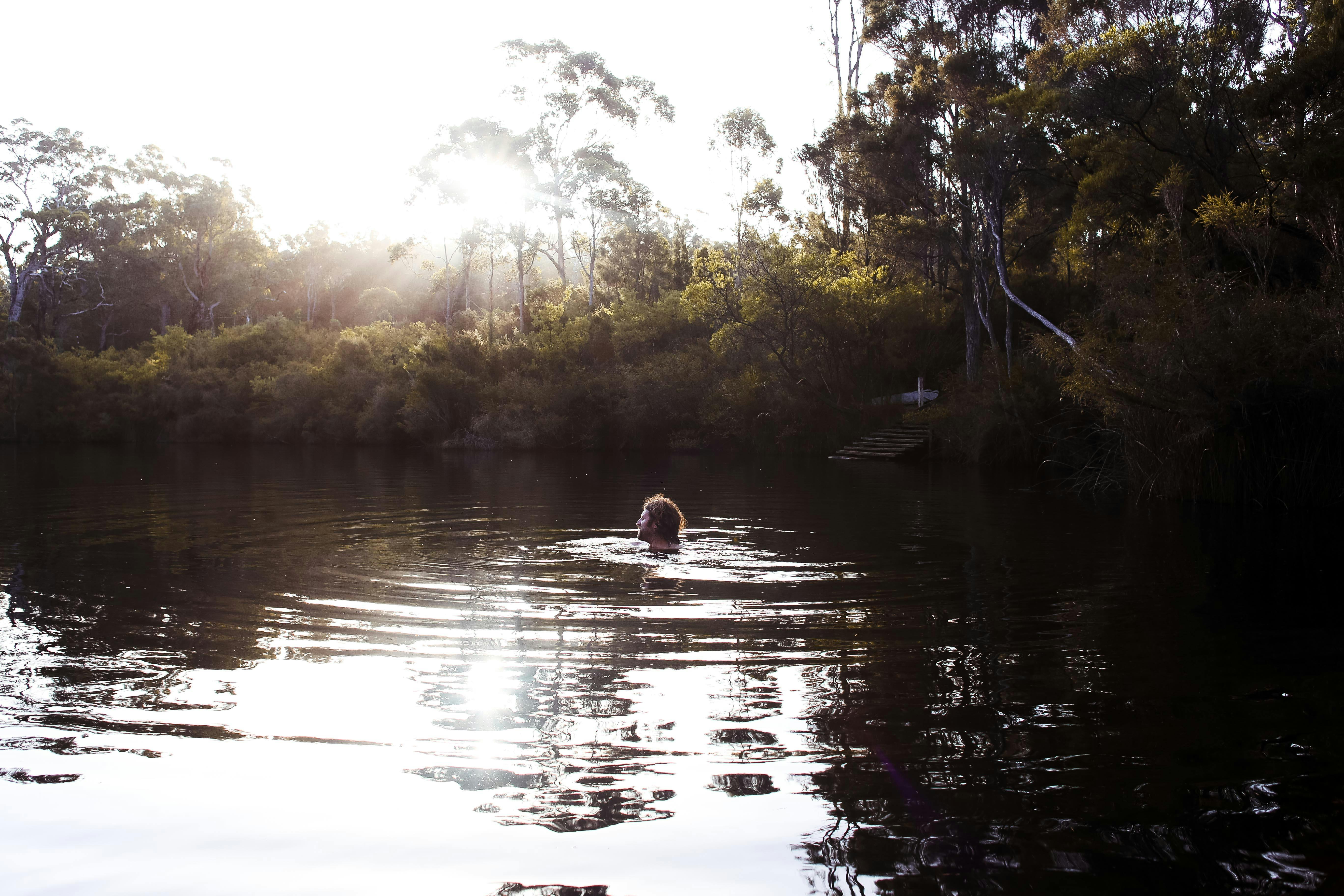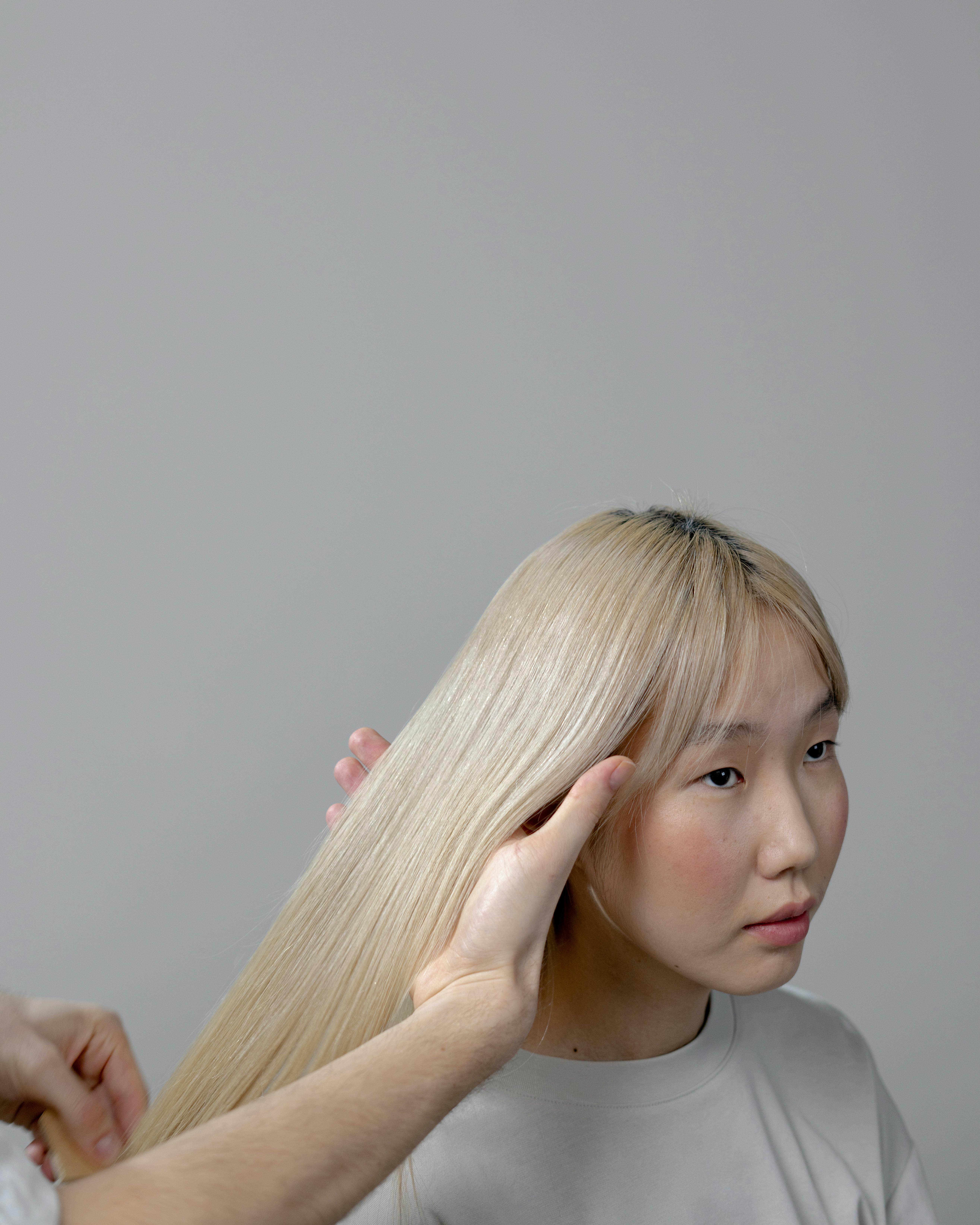Unveiling the Health Potential of Blue Spaces: A Fresh Perspective on Wellness
We've all felt an inexplicable calmness while standing at a beach, listening to the rhythmic lullaby of waves. Or a sense of invigorating freshness while sitting by a river or a lake, immersed in the tranquility of the water. What if there's more to this feeling than just aesthetic pleasure? What if these 'blue spaces' are integral to our health and wellbeing? The emerging field of Blue Health aims to answer these questions, exploring the therapeutic potential of water bodies in enhancing our health.

The concept of Blue Health has its roots in the 1980s when biologist Rachel Carson’s works drew attention to the therapeutic effects of the sea. More recently, the Blue Health project, a European research initiative, has delved deeper into the health benefits of blue spaces, providing a robust scientific basis for its potential.
Current Trends and Insights in Blue Health
Today, Blue Health is gaining momentum as a revolutionary approach to promote physical and mental health. An increasing body of research attests to the therapeutic effects of blue spaces, from reducing stress and promoting mental tranquility to enhancing physical activity and cardiovascular health.
One such study published in the journal Environmental Research found that individuals living near the coast reported better physical and mental health than those living inland. Another study published in the International Journal of Hygiene and Environmental Health discovered a positive correlation between exposure to blue spaces and levels of physical activity, especially among older adults.
The Science Behind Blue Health
The benefits of Blue Health can be attributed to three main factors. Firstly, water bodies often provide ideal settings for physical activities like swimming and kayaking, thereby promoting fitness. Secondly, the soothing sounds of water can lower stress levels, heart rate, and blood pressure, leading to improved mental health. Lastly, blue spaces often foster social interaction, which has been linked with better mental wellbeing.
However, like any other health practice, Blue Health also has its challenges. Access to clean and safe blue spaces is a significant concern, especially in urban areas. Moreover, the benefits of Blue Health can vary depending on a person’s individual perception and experiences with water bodies.
Delving Deeper: Unique Health Insights
- Blue spaces can boost creativity: The tranquility and vastness of water bodies can stimulate our brains, fostering creative thinking.
- Exposure to blue spaces can aid in recovery from illness: A study found that patients with views of water bodies from their hospital rooms recovered faster than those without such views.
- Blue spaces can enhance mindfulness: The rhythmic sounds of water can aid in mindfulness meditation, promoting mental wellbeing.
Embracing the Blue Health Revolution
The exploration of Blue Health opens up a new dimension in our understanding of wellness, presenting a fresh, holistic approach to health. While more research is needed to fully understand its potential, the current findings underscore the importance of preserving and increasing access to blue spaces.
By embracing the potential of Blue Health, we can not only enhance our physical and mental wellbeing but also foster a deeper connection with nature, creating a sustainable future for ourselves and generations to come.




